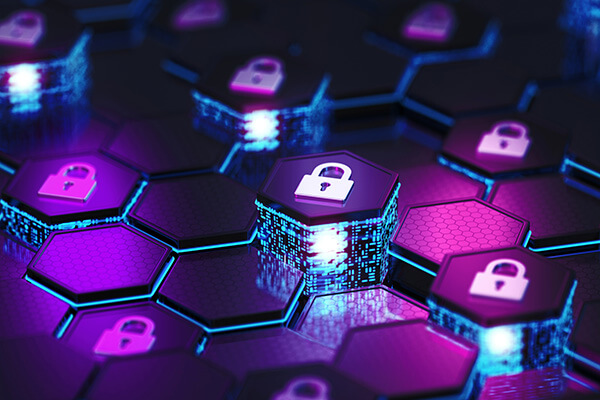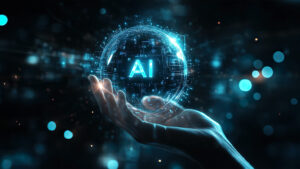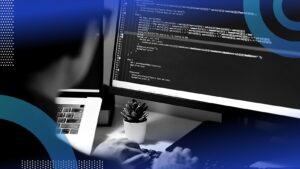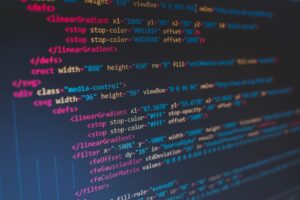
As the world becomes increasingly dependent on digital technologies, the need for robust cybersecurity has never been greater. From remote work to online banking and smart devices, our daily lives are now deeply intertwined with the internet. However, this rapid digitization has also made individuals and organizations more vulnerable to cyber threats. In response, cybersecurity is undergoing a significant transformation, adapting to new challenges with advanced technologies and evolving strategies.
The Rise of Modern Cyber Threats
Cybersecurity threats are growing not only in volume but also in sophistication. Among the most prevalent today are:
Ransomware Attacks
Ransomware continues to be a dominant threat. Attackers infiltrate a system, encrypt data, and demand payment—usually in cryptocurrency—for its release. High-profile attacks on hospitals, pipelines, and government institutions have demonstrated how disruptive and costly ransomware can be.
Phishing Scams
Phishing remains one of the most common and effective attack vectors. Cybercriminals use deceptive emails or messages to trick users into revealing sensitive information, such as login credentials or financial data. These attacks have become more personalized and harder to detect.
Deepfakes and AI-Powered Deception
Deepfake technology leverages AI to create convincing fake audio and video, often used for impersonation or spreading misinformation. While initially a novelty, deepfakes are now being exploited for fraud, blackmail, and political manipulation.
How Businesses and Individuals Are Adapting
Recognizing the evolving nature of threats, both organizations and individuals are taking steps to strengthen their cyber defenses.
For Businesses
- Zero Trust Architecture: More companies are adopting a zero-trust model, which requires verification for every user and device attempting to access network resources, regardless of their location.
- Employee Training: Many breaches stem from human error. Organizations are increasingly investing in cybersecurity awareness training to help employees recognize and avoid threats.
- Incident Response Plans: Firms are preparing for the inevitable by establishing clear response strategies and backup protocols to minimize the impact of a breach.
For Individuals
- Multi-Factor Authentication (MFA): Users are turning to MFA to add an extra layer of protection to their accounts, reducing the risk of unauthorized access.
- Password Managers: These tools help generate and store complex, unique passwords for every service, improving security and convenience.
- Personal Security Software: Antivirus tools, firewalls, and privacy-focused browsers are becoming more commonly used at the individual level.
The Role of Artificial Intelligence in Cybersecurity
One of the most significant developments in the cybersecurity space is the integration of artificial intelligence and machine learning.
- Threat Detection: AI can analyze vast amounts of data to identify unusual patterns or behaviors, helping detect threats in real time.
- Automated Response: Machine learning systems can respond to certain threats automatically, reducing response time and limiting damage.
- Predictive Analytics: AI can help predict potential vulnerabilities or attack vectors by analyzing historical data and trends, allowing for more proactive security strategies.
Looking Ahead
Cybersecurity will continue to evolve as technology advances. As more devices connect to the internet and data volumes increase, the attack surface will expand. However, innovations in AI, user education, and stronger regulatory frameworks are positioning the digital world for a more secure future.






